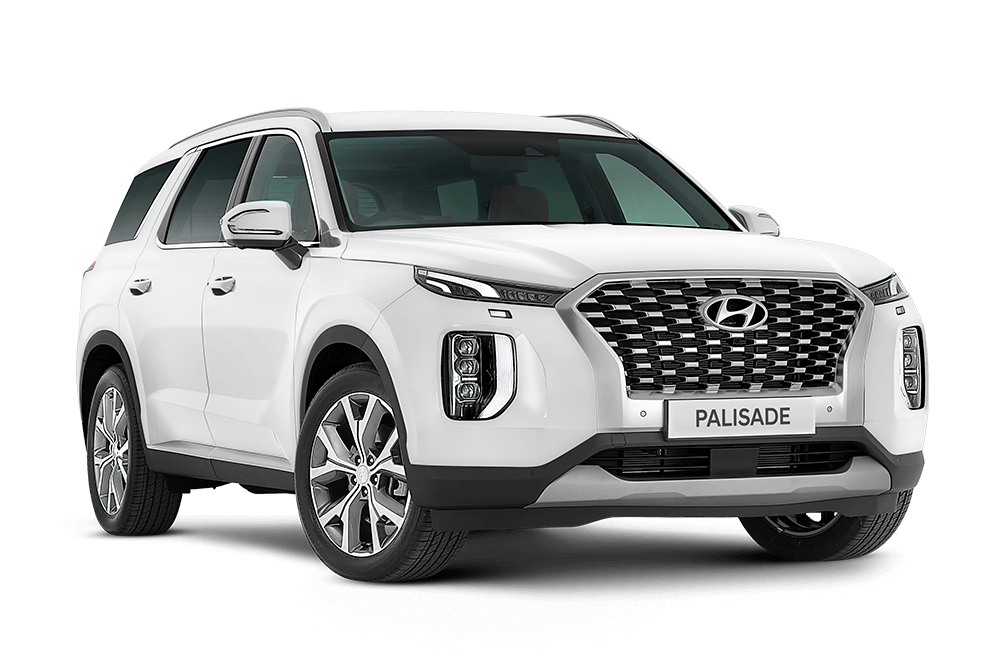


The interior utilised a range of soft-touch, high-quality materials and low-gloss surfaces to provide second-generation Santa Fe customers with a touch of luxury. This contemporary look showcased how the brand’s design direction was evolving. Its exterior offered an assertive front grille, confident sculpted lines and finely detailed headlights. Therefore, the Santa Fe’s successor model featured significant changes outside and inside the vehicle. It featured a new 2.2-liter diesel-powered engine and an updated 2.7-liter gasoline-powered V6 while offering significantly improved handling and sportier engines to equip customers for a range of driving and weather conditions.īy the middle of the 2000s, design was becoming increasingly important to customers. The second-generation Santa Fe was launched at the North American International Motor Show in January 2006. Second-generation Santa Fe (2006-2012): more power, more space, and an updated safety system In 2003, in response to customer demand for even more driving performance, Hyundai upgraded Santa Fe with a more powerful engine and a computer-controlled four-wheel drive system. Meanwhile, its convenience features, which included air conditioning, a CD player, as well as electric windows, mirrors and a sunroof, were comprehensive for the time. The spacious interior offered enough room for up to five passengers, as well as ample cargo space. The first generation Santa Fe featured a rugged, yet refined look and was substantially longer and wider than many of its rivals in the segment, emphasising its practicality for off-road driving. In 2001, not long after the first model was produced Hyundai had to ramp up production due to the overwhelming demand in the U.S. While subsequent generations became progressively premium over time, the very first Santa Fe was practical and appreciated for its functionality and reliability. Hyundai first introduced the Santa Fe to Kiwis in late 2000. Back in 2000, Santa Fe was the first SUV to truly embrace the outdoorsy Kiwi lifestyle.”įirst-generation Santa Fe (2000-2006): the original best-seller Sinclair adds, “As a 100% Kiwi owned and operated company, we are in a unique position to select models that are perfectly suited to the lifestyle of Kiwi families. It has become the best-selling new large SUV in New Zealand, with over 23,000 sold, which is something we’re pretty proud off.” It is an automotive icon which continues to evolve in terms of design, technology, roominess and comfort. “Santa Fe maintains its status as a flagship model in our broad SUV portfolio. “The Santa Fe was Hyundai’s first SUV, and it is one of our longest-running model lines, making it a key model not only globally, but also in New Zealand,” says Andy Sinclair, General Manager Hyundai New Zealand. Over the past 20 years, Hyundai has sold more than 5,260,000 units of Santa Fe globally. Named after a city in the South Western U.S., it was the company’s first SUV, and played an important role in establishing Hyundai in the SUV segment. Later this year, Hyundai Motor will launch an enhanced version of the current generation incorporating major design updates.įollowing its launch two decades years ago, Santa Fe quickly became one of Hyundai’s most popular models. Now in its fourth generation, the Santa Fe has undergone significant evolution in its design, safety and technology over the years, often leading the way as a flagship for new features. Having entered dealerships in 2000, Santa Fe is one of Hyundai’s longest-running models in New Zealand. Now celebrating its 20 th anniversary, the Santa Fe has become an icon for the brand, and Hyundai is taking a look back at how its first SUV has evolved over the years. In the year 2000 Hyundai Motor introduced its first-generation Santa Fe, making the company one of the pioneers in the SUV market.


 0 kommentar(er)
0 kommentar(er)
